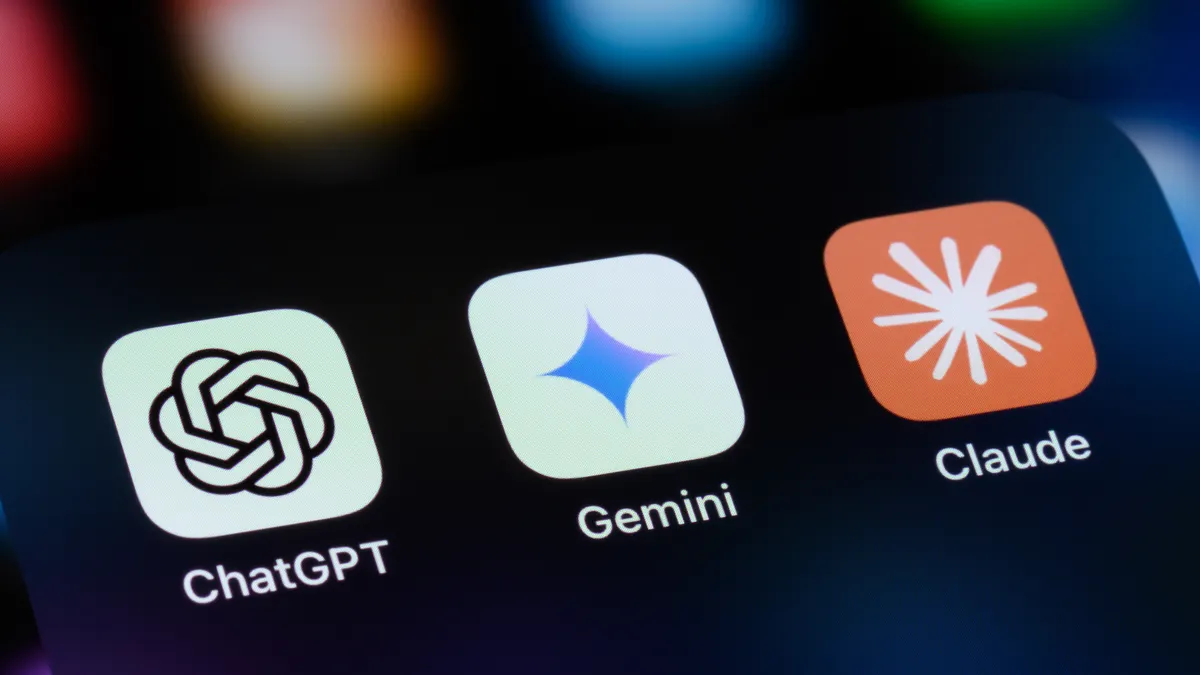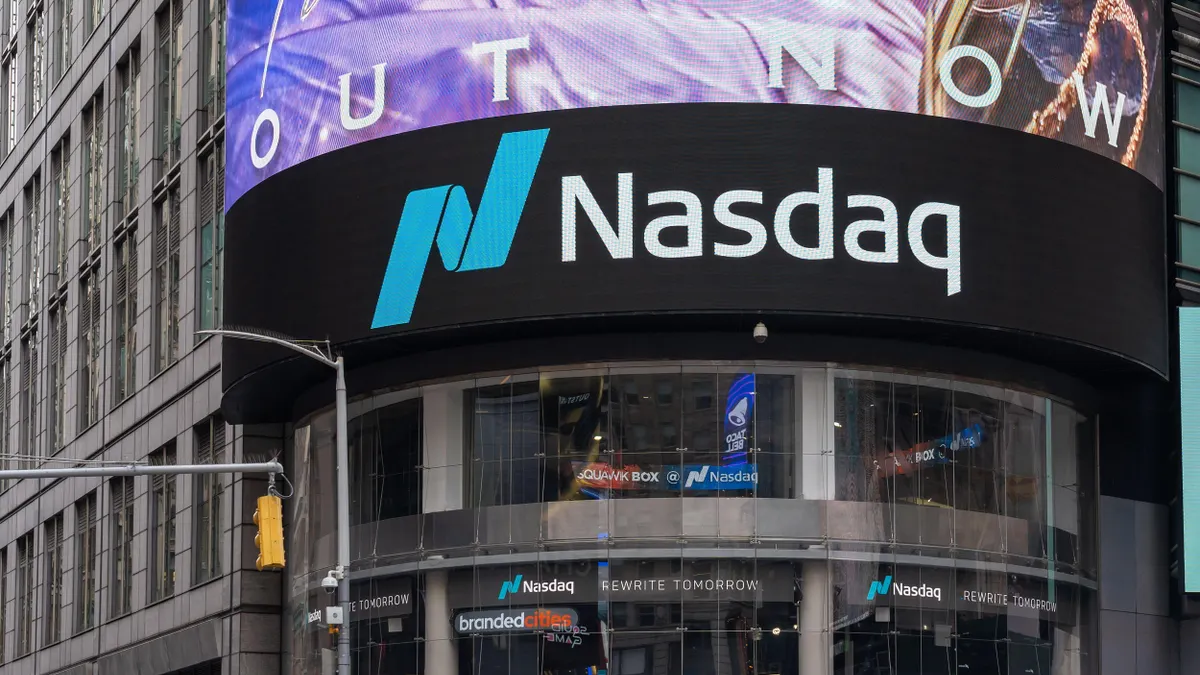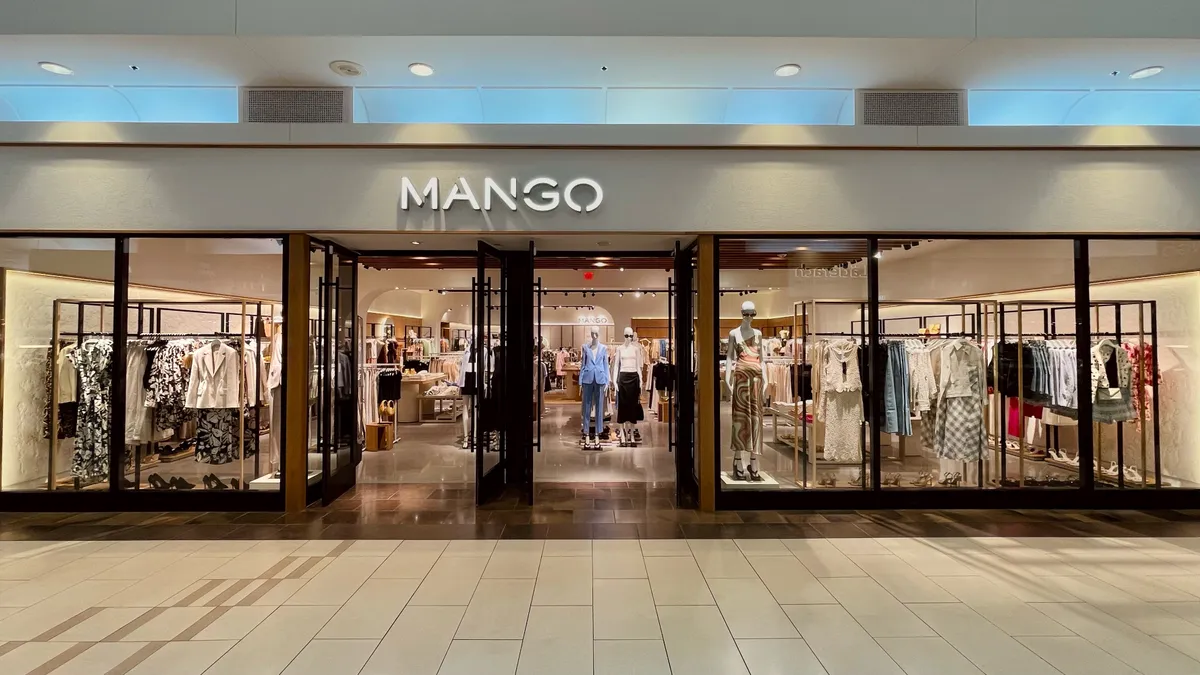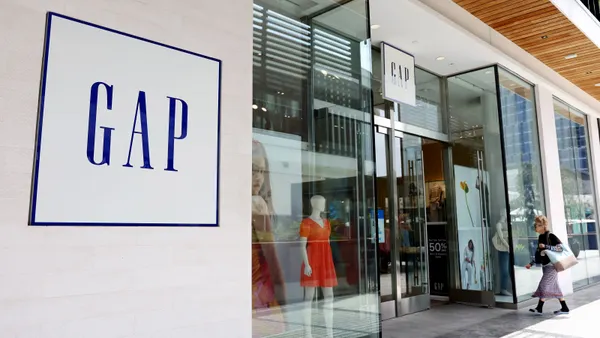The retail industry is working to catch up on generative AI as the technology evolves at a rapid pace. While plenty of companies are using it to drive efficiency, it’s also presented a change to how consumers discover new products.
The challenge has pushed retailers to use generative AI against itself to better understand the technology.
“Generative AI has a huge amount of application for any industry, but maybe retailing more than most,” said Stefano Puntoni, marketing professor at the Wharton School of the University of Pennsylvania.
Part of the reason for that is retail companies, compared to other industries, need to generate a lot of content and information in a consumer-facing manner, Puntoni added.
Almost a quarter of consumers are likely to use chatbots and AI tools to shop this holiday season, per a recent Epsilon Pulse report.
Website content and product listings are being scraped by various AI chatbots, which populate query results when shoppers ask for recommendations. Retailers are now attempting to alter their product pages by updating everything from listing descriptions to imagery with the goal of improving their chance of showing up in those chats.
But content scraping from AI models isn’t clear-cut, leaving many companies to experiment. The result is sometimes a type of loop: Retailers are utilizing AI to better understand and adapt to AI.
GEO takes on SEO
As consumers turn to AI for search, retailers are trying to ensure they show up in results. But there's no clear answer on how to do that, due to the newness of the technology and its lack of algorithmic transparency.
Some industry players, from big companies and startups to advertisers, are experimenting in sandbox environments to figure out how altering product information can impact AI chatbot results, Puntoni said.
In an ironic twist, generative AI can help retailers rewrite their product pages in a more efficient manner.
“You see a lot of interest in using Gen AI for product descriptions,” Puntoni said. “A lot of websites have very poor information … and entering those descriptors requires someone to sit there thinking about the product and write the main attractive features and characteristics. And now you could easily do that at scale with much higher level of quality than an average person would.”
The way consumers speak to AI chatbots and receive product recommendations isn’t straightforward. Retailers, such as Target, have spoken about needing to retool their e-commerce sites to accommodate more complex, nuanced product queries.
Where some shoppers previously searched using simple keywords, such as “black coffee mug,” they might now search for products by talking about a feeling they hope to achieve or an event they’re preparing for.
Across Target’s properties, almost 25% of search requests are now considered descriptive queries, Chief Information and Product Officer Prat Vemana told Retail Dive earlier this month. Providing quality content consistently for searches done both externally and on the retailer’s website is the solution.
“They're describing the moment, the occasion that they're in,” Vemana said. “Whether it's the search engine that's sitting on our own properties, or if the crawlers are coming in, or agents are coming in to get content from us so that our products are relevant, it's the same underlying content and intelligence that we need to actually have.”
Being a mass retailer with a well-known, content-rich brand portfolio is a big advantage in this moment with generative AI, Vemana added.
The fundamental consumer behavior shift this technology poses goes even deeper than changes to search terms, though.
Search turned upside down
The previously known decision funnel that customers would go through has been changed, Barbara Kahn, a professor of marketing at Wharton, said on a podcast in September. Generative AI has changed that process.
“You no longer search for yourself,” Kahn said. “The search process is almost gone. You go to ChatGPT, and it tells you something, and then you respond to that. You're not even responding to your own memory and your own cues. You're responding to what ChatGPT is telling you. Some of our consumer behavior researchers are looking at, how does that change customer decision-making when it's stimulus-based like that, as opposed to memory-based?”
In reality, the consumer experience when speaking to a generative AI chatbot can be extremely unique and personal.
A study from OpenAI released in September found that almost half of messages in ChatGPT are an “Asking” pattern of use, a category that the tech company views as a sign people value the chatbot “most as an advisor rather than only for task completion.”
Meanwhile, the “Expressing” pattern accounted for about 11% of usage. This demonstrates that users are on ChatGPT for personal reflection, exploration and play, per OpenAI.
So how can retailers better understand the consumer and AI chatbot relationship? By more of the same — using technology to better understand the same technology.
Digital twins have existed in retail for a few years, mostly to create digital versions of stores or facilities. Now, retailers can create digital twins or personas of consumers using AI.
At a Columbia University AI Summit earlier this year, Tianyi Peng, assistant professor of business at Columbia Business School, spoke about research generating consumer personas using large language models, leveraging e-commerce product descriptions to identify and create a likely shopper for that item.
Creating digital personas can also be a use case for AI in retail, according to Wharton’s Puntoni, who noted that they can be utilized to do a synthetic form of consumer market research — something that companies usually need to spend a lot of money on.
But such usage is complex: Bias continued to show up in the personas generated, according to Peng.
Not only do consumers have their own biases impacting their — sometimes personal — conversations with chatbots, but AI chatbot algorithms themselves are not necessarily bias-free.
“One of the things that I've seen is that there are biases built into these algorithms,” Kahn also said on the podcast. “When a customer made their own decisions, they had their own personal biases, right? We did a lot of research. Danny Kahneman won a Nobel Prize for heuristics and biases and all the things that we understood about the way the consumers were making decisions. Now, we have to understand how the algorithms are making decisions, and it's different from the way the consumers do.”























